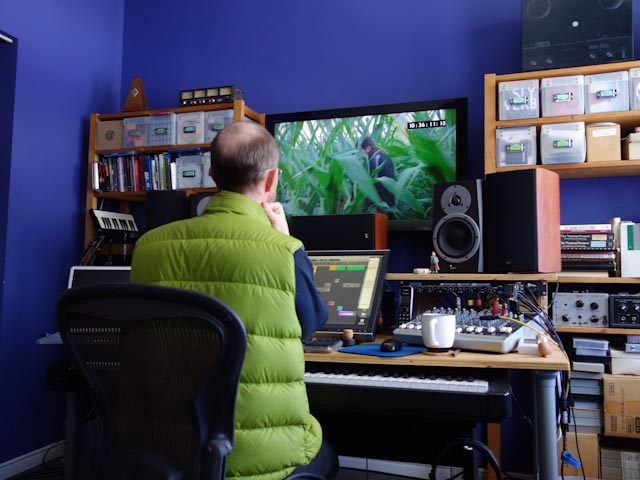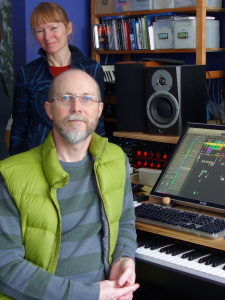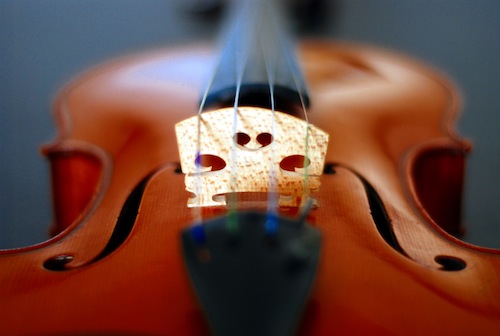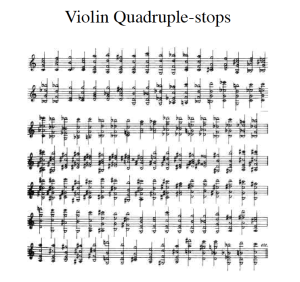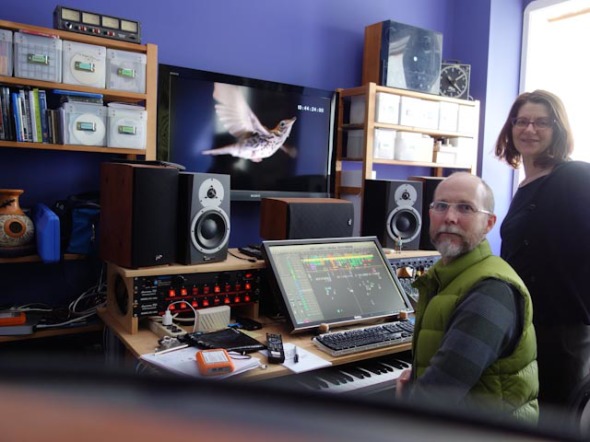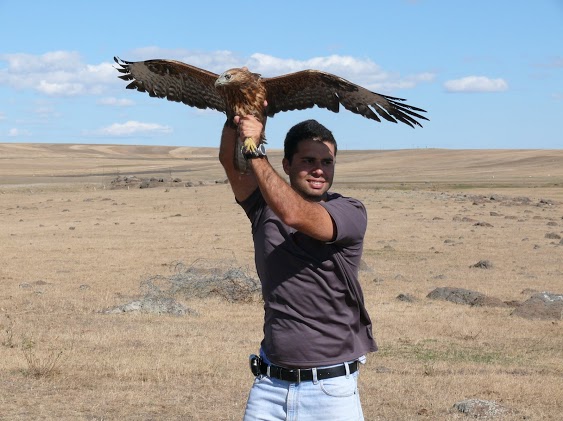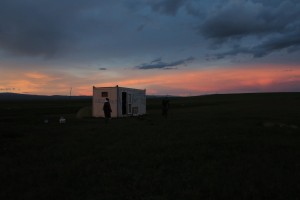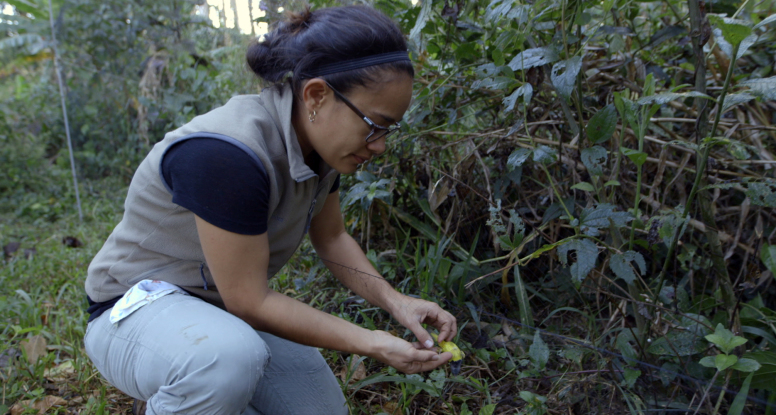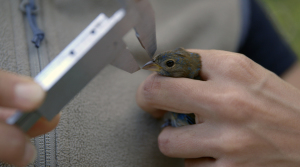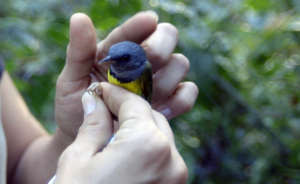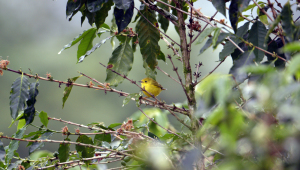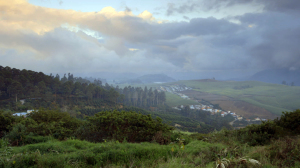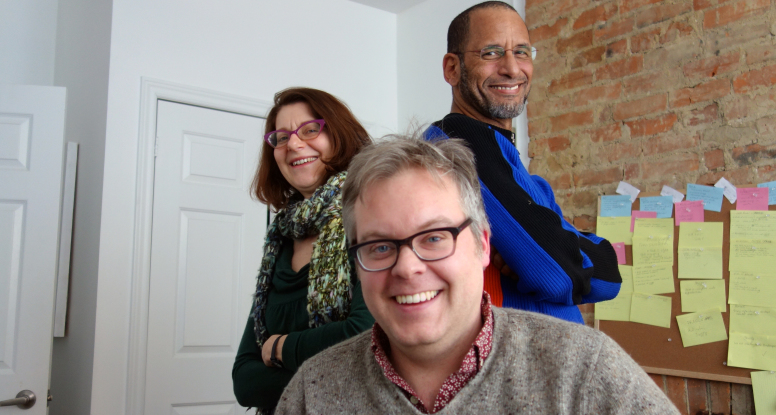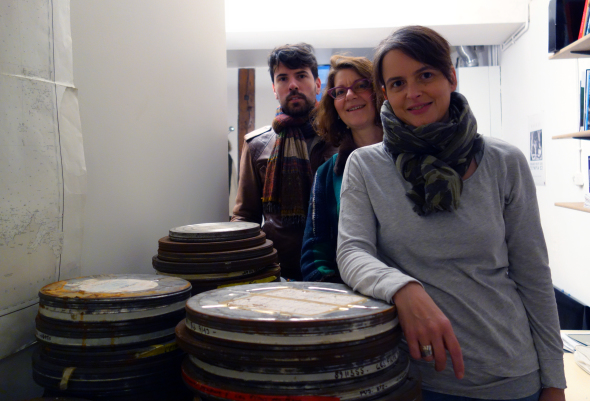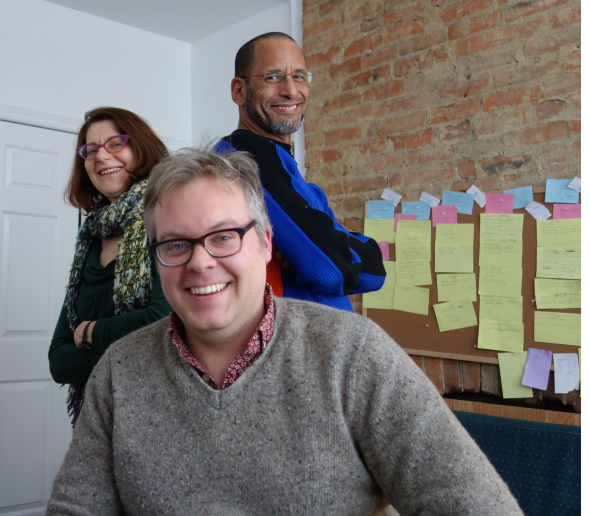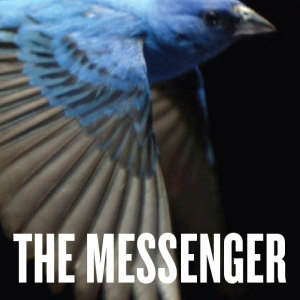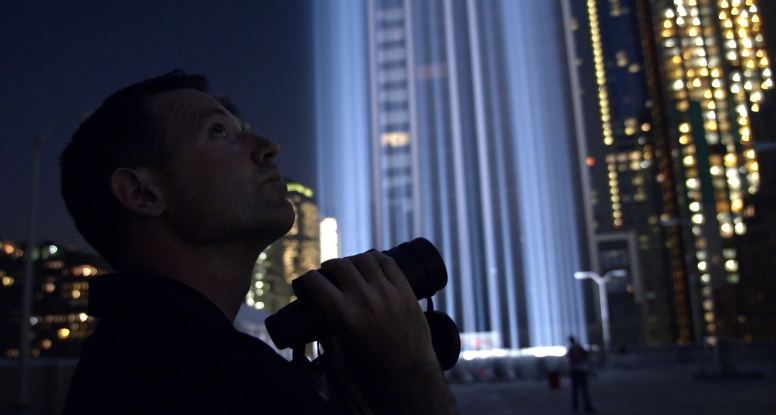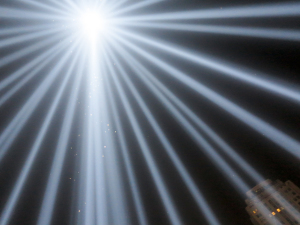The music and sound design for The Messenger as well as our upcoming CBC TV Nature of Things program is being created by Phil Strong. Phil and I have worked together for a number of years on a variety of projects. He’s an incredibly creative and resourceful person, and often collaborates with his partner Laurel MacDonald. Stay tuned — you will hear Laurel’s incredible vocals in The Messenger soundtrack.
A great sound track has many elements including the sound recorded on location, additional ambiences and effects, sound design and music. Often these are delegated into distinct departments, except when working with Phil. He often mixes and merges these “categories.” For example, a sound from the wilderness might be sampled and transformed into music, or a musical tone he created in studio may sound so organic, it feels as if it was part of the natural landscape.
On this project, our budget and timelines are punishing, so we have been burning the midnight oil. Recently on one of these cold winter nights, Phil played a new track for me, which I absolutely loved. It’s quite fantastic, and the sound is really unique. I asked Phil how he created it….
“I wanted to create a kinetic, rhythmic, texture… the sound I was after is much like fiddlers as they hold down several strings and bow across them, varying the angle of the bow to create a harmonic rhythm. So I called my musician friend Sarah Shugarman, and we recorded several variations riffing on this idea. I later arranged these into a song order.”
Would it be a stretch to say that this idea was inspired by the subject of the film — songbirds themselves?
“Because the strings on a viola/violin form an arch, they cannot all be bowed at once. The bow has to change angle to get each string. Rapid bowing and angle shifts (are not unlike the flapping movement of a birds wing ) – and create a flowing series of notes – a harmonic rhythm – without needing rapid movement in the left hand.”
So, if you want to try this at home, Phil Strong shares how this is done.
“Here is the music for a set of “quadruple stops” which represents all the possible combinations a player can make holding down all four strings. “Stopping” a string just means shortening its effective length by pressing it against the finger board with your finger (the effective length of a string [and tension] determines the “pitch” or note). A quadruple stop means that all four strings are pressed down with each of the four fingers in the left hand.”
We call this piece of music “Boreal theme”. Here is a taste of what is sounds like.
Below are me and Phil working in his studio.
Here’s Phil, Lauren and my Mark Bell having a late dinner after a long day in the studio. Mark is a contemporary artist (painter) and he’s donated three really beautiful paintings to our crowdfunding campaign.
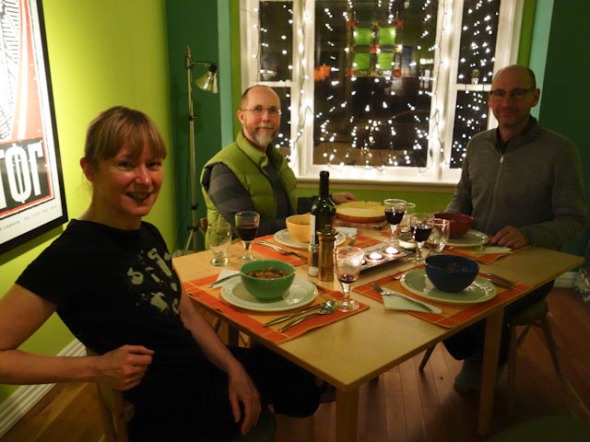
Phil and Laurel also created memorable soundtrack for my dramatic feature film Kardia. You can hear some of the music on the Kardia web site.
More on Phil:
Phil Strong has produced acclaimed albums and soundtracks with his partner Laurel MacDonald, and notably Cape Breton singer, Mary Jane Lamond. Lamond’s CD, Landuil, which was arranged and produced by Strong, won the 2006 East Coast Music Award’s “album of the year”. Phil assisted John Oswald with his various Plunderphonics artworks and from his mentor also gleaned the art and dynamics of dance composition. He received several dance commissions and found his stride in this asynchronous form. In 1999, Phil scored the soundtrack for Nest, the first of 9 major works he created with Toronto Dance Theatre. His work on TDT’s Timecode Break earned a Dora Mavor Moore award.

